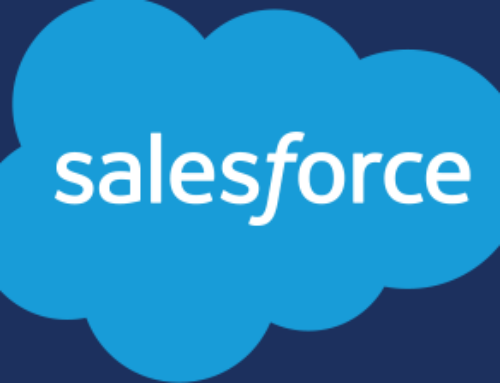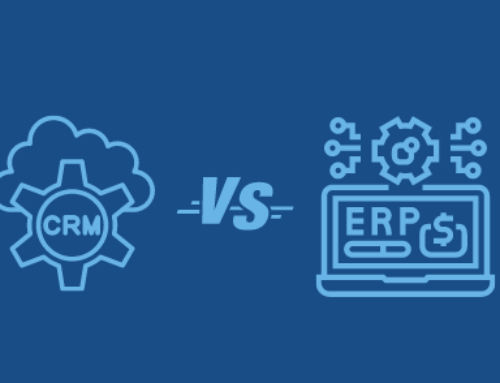Building Product Manufacturers: Distributors & Dealers, Yes, Salesforce Is a Fit for You Too!
The Fallacy of Forcing Your Business to Fit “Traditional” CRM Functions
We recently heard a building products distributor push back on the idea of using Salesforce, “because our sales cycles are so fast in a heavy quote-oriented business that Salesforce just wouldn’t work for us.”
We thought that was a sadly irrelevant way to evaluate a CRM if you’re a building products distributor. That distributor was thinking that CRMs are defined by opportunity pipeline tracking and management. For building products – manufacturers, distributors, and dealers – leveraging the opportunities table is an edge case and rarely deployed.
Yet all of them find value in Salesforce through entirely different applications. As building products industry experts, we work with the channel all the time (that includes firms, who are your vendors and firms who are your customers). So we’ve got a pretty refined sense of the value-added use cases that work for distributors.
So, How Can You Gain Leverage from Salesforce?
We were just on a call with a highly recognizable brand in this industry walking them through how to think about driving their business more effectively from Salesforce. We talked for 30 minutes straight without ever mentioning opportunities or other “usual” CRM functionality, because why would we bring it up?
So. Here are a few points of view for distributors:
- It’s first and foremost about relationship management. Salesforce is fantastically well structured to handle.
- That also includes the essential element of segmentation and targeting – who are your most valuable customers and prospects and how do you leverage that to help reps self-manage and managers coach and guide.
- Next comes visibility and trends. Because naturally, you integrate your ERP to feed sales data with trends down to the PCat level. Yes, surely, you do that in a BI tool, as well, currently. And no a BI tool is not adequate enough to be the sole data source. Because if it doesn’t feed the CRM data, you cannot link relationship management activities, with accountability, to actual data trends.
- White space management and share of wallet focus: Use that data to guide and feed targeting, based on PCat realities.
- Insights and trends based on artificial intelligence: The CRM should proactively surface actionable insights to reps, “based on this, you should consider doing this” – which includes mining data trends and pushing those accounts in front of the rep. Attrition risk negative trends, white space gaps,
- Quoting: Sure, you spit quotes out. But what do you actively do to track their conversion rates, ensure there are follow-ups on the key quotes (big money, a new product for an existing customer, first quote to a prospect, etc.)? Quotes that meet that threshold should appear on to-do lists for routine follow-up, with AI insights informing actions. That’s precisely how we use Salesforce for distributors effectively as a demonstrable early-entry way to generate ROI for the CRM.
- Customer service. Salesforce Service Cloud is the #1 market share platform for call center and trouble ticket management. “Where’s my stuff? I got the wrong stuff; I didn’t get all my stuff, my stuff is damaged” calls. Follow-ups, claims management, credits, etc. Another ROI opportunity – use Salesforce to track trends and focus on incremental improvement in the issue areas that cost you the most money or biggest the most hit to customer satisfaction scores.
That’s just a start …
If that catches an edge with you, contact us today, and let’s discuss it more in-depth!






